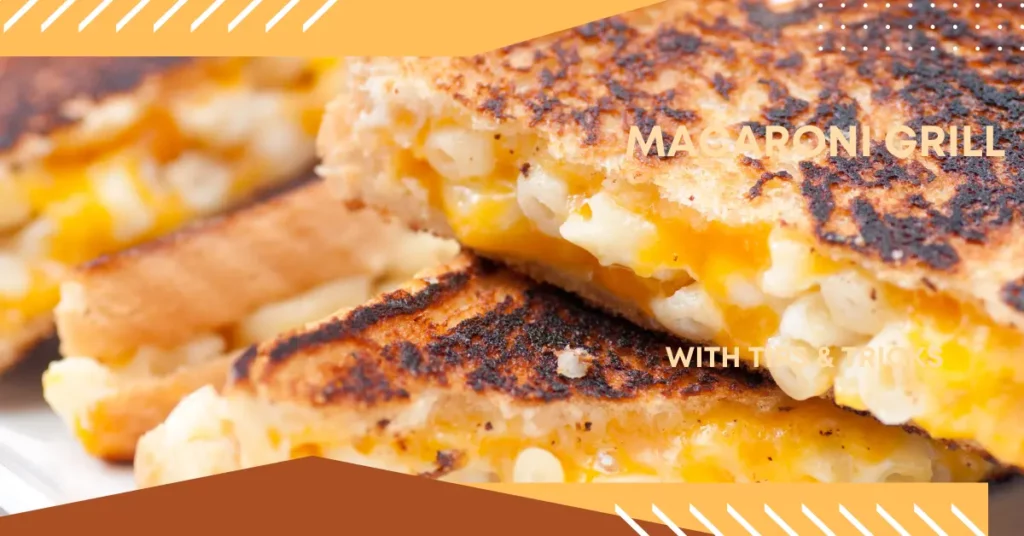This post may contain affiliate links. If you use these links to buy something we may earn a small commission. Thanks.
Macaroni Grill was once a household name in the casual dining industry, known for its warm, rustic Italian ambiance and freshly prepared dishes. At its peak, it was one of the fastest-growing Italian restaurant chains in the United States, offering an experience that blended traditional Italian flavors with an open-kitchen concept. However, in recent years, Macaroni Grill has faced a decline, leading to store closures and financial struggles. In this article, we will explore the rise, decline, and future of this once-popular restaurant chain.
The Rise of Macaroni Grill
Founded in 1988 by restaurateur Phil Romano in Leon Springs, Texas, Macaroni Grill quickly gained traction due to its unique approach to Italian cuisine. Unlike traditional Italian restaurants, it offered an open-kitchen setting where customers could see their meals being prepared, a feature that added to its appeal.
In the 1990s, Macaroni Grill was acquired by Brinker International, the same company that owned successful brands like Chili’s and Maggiano’s Little Italy. Under Brinker’s management, Macaroni Grill expanded aggressively, reaching over 200 locations nationwide. Its menu featured a mix of classic Italian dishes such as lasagna, fettuccine Alfredo, and chicken Marsala, alongside an impressive selection of wines and fresh bread served with olive oil and herbs. The restaurant became a favorite for family dining, date nights, and celebrations, helping it gain a loyal customer base.

Signs of Decline
Despite its early success, Macaroni Grill began facing challenges in the mid-2000s. Several factors contributed to its decline, including:
1. Increased Competition
The casual dining landscape was evolving, with fast-casual chains like Olive Garden, Carrabba’s Italian Grill, and Maggiano’s Little Italy gaining market share. Fast-casual restaurants such as Panera Bread and Chipotle also started appealing to customers who wanted quicker, more affordable meals with fresher ingredients.
2. Changing Consumer Preferences
With growing awareness of health-conscious eating, many consumers began shifting away from carb-heavy meals like pasta in favor of healthier, high-protein and plant-based options. This trend significantly impacted Italian dining establishments, including Macaroni Grill, as their menu was centered around pasta dishes.
3. Inconsistent Quality and Service
Over time, many loyal customers noticed a decline in food quality and service. Complaints about underwhelming dishes, smaller portion sizes, and slow service became more common. These issues affected customer satisfaction and deterred repeat business, ultimately impacting overall sales.
Financial Struggles and Store Closures
Macaroni Grill’s decline was further accelerated by financial mismanagement and ownership changes. In 2008, Brinker International sold 80% of the chain to Mac Acquisition LLC for $131.5 million, marking the beginning of ownership transitions that would destabilize the brand.
By 2017, Macaroni Grill filed for Chapter 11 bankruptcy, citing declining sales, increasing lease costs, and operational inefficiencies. The company had accumulated over $12 million in debt and was forced to close nearly 40 locations nationwide. During this period, competition from fast-casual and delivery-focused restaurants intensified, making it even more challenging for Macaroni Grill to recover.
Attempts at Revival
Despite its struggles, Macaroni Grill has made several efforts to revive its brand and attract customers back to its restaurants.
1. Menu Overhaul and New Offerings
Recognizing the shift in consumer preferences, Macaroni Grill introduced new menu items that catered to modern tastes. The company added healthier options, gluten-free pasta, and seasonal dishes to appeal to a broader audience.
2. Emphasis on Takeout and Delivery
With the rise of online food ordering, Macaroni Grill partnered with delivery services such as Uber Eats and DoorDash to reach customers beyond its restaurant locations. This initiative helped generate additional revenue streams and kept the brand relevant in an increasingly digital market.
3. Loyalty Programs and Promotions
The company also launched loyalty programs and promotional offers to attract diners. Discounted meal deals, gift card promotions, and happy hour specials were introduced to encourage repeat visits and customer engagement.
Despite these efforts, the brand continues to face challenges, particularly in an industry dominated by fast-casual dining and evolving consumer trends.
Current Status and Future Outlook
As of recent years, Macaroni Grill operates a fraction of its former locations, with approximately 40-50 restaurants remaining in operation. While some locations continue to perform well, others have struggled to regain consistent customer traffic.
Looking ahead, Macaroni Grill faces a tough road to full recovery. To survive in today’s competitive market, it must focus on:
- Innovating its menu further to incorporate modern dining trends such as plant-based options and unique, fusion-style dishes.
- Enhancing its digital presence by investing in better online ordering experiences and personalized marketing.
- Rebuilding its reputation for quality and service by improving staff training and maintaining food consistency across locations.
Conclusion
Macaroni Grill’s journey from a beloved Italian dining chain to a struggling brand is a cautionary tale for the restaurant industry. While it enjoyed immense success in its early years, failure to adapt to market changes, increased competition, and financial instability led to its decline. However, the brand has shown resilience by making efforts to modernize its offerings and improve customer engagement.
The big question remains: Can Macaroni Grill regain its former glory? While the challenges are significant, with the right strategic moves and a commitment to quality, it is possible for the brand to make a comeback. Only time will tell whether Macaroni Grill will reestablish itself as a leader in the casual dining industry or continue to struggle in an ever-changing food landscape.
